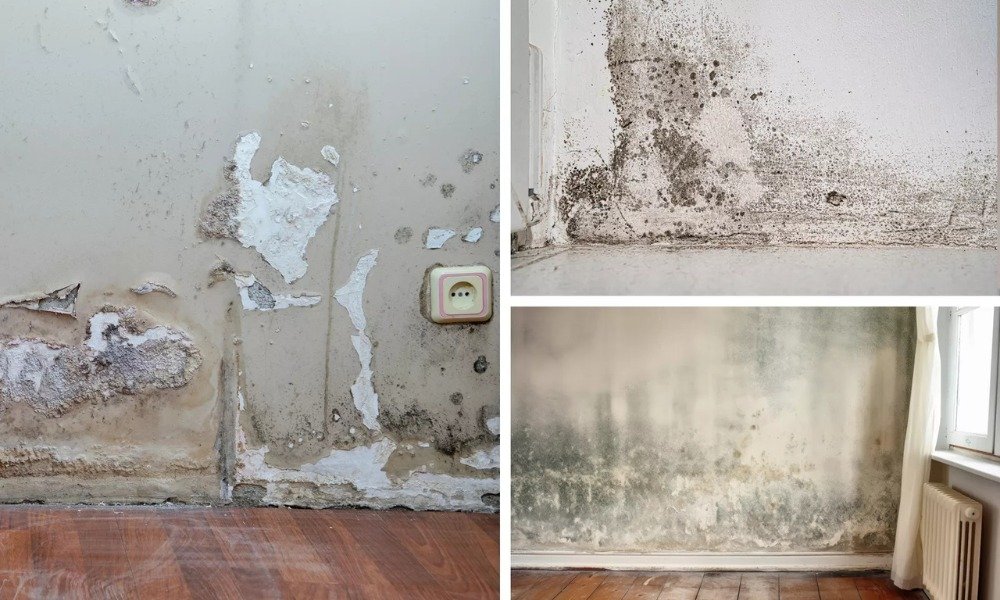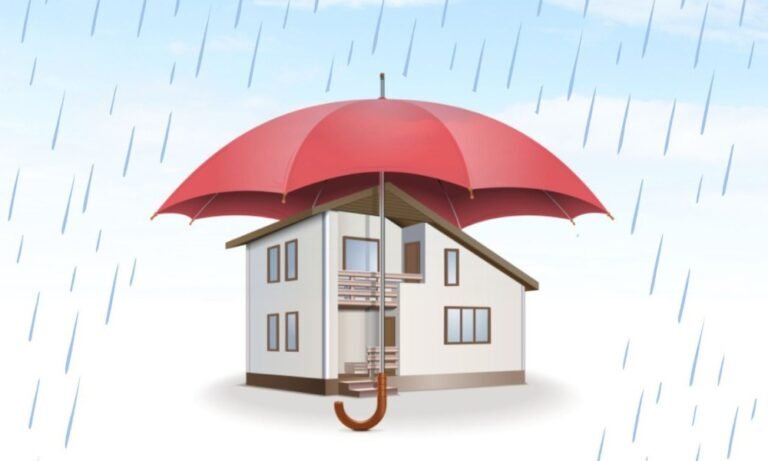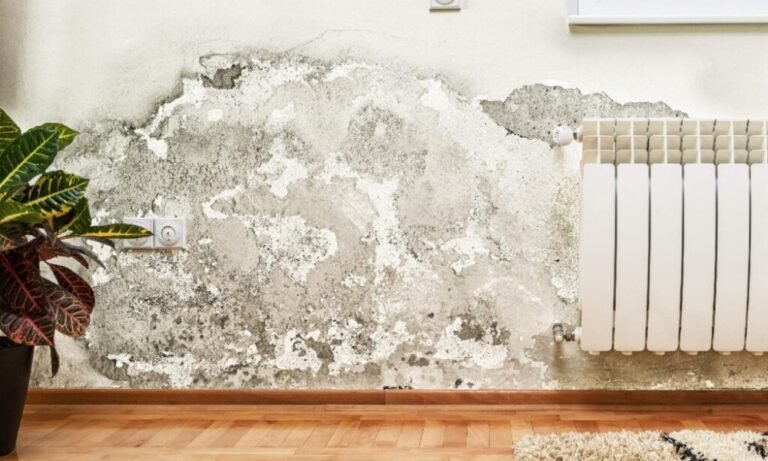Estimated reading time: 4 minutes
Damp walls are more than an aesthetic problem. They can lead to structural issues, mold growth, and health concerns if left untreated. With my years of experience in waterproofing, I’ve seen firsthand how timely intervention can protect your home and save you money. Let’s explore how you can address this issue effectively.
What You’ll Learn
- Common causes of moisture-related problems in your home.
- How waterproofing can prevent damage and protect your property.
- Practical solutions to fix and avoid recurring damp issues.
Common Causes of Damp Problems
Understanding the root cause of moisture in your walls is the first step toward solving it. Here are some common culprits:
1. Groundwater Seepage
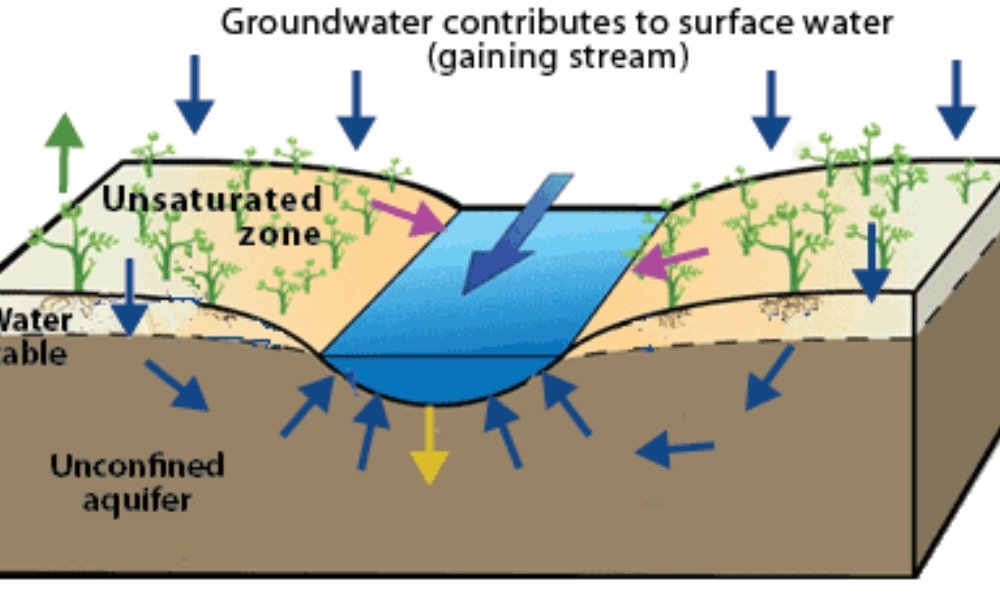
Water can rise from the ground into your walls, especially if your home lacks a proper barrier to block it. This often occurs in older buildings where preventive measures are missing or damaged.
2. Rainwater Leaks
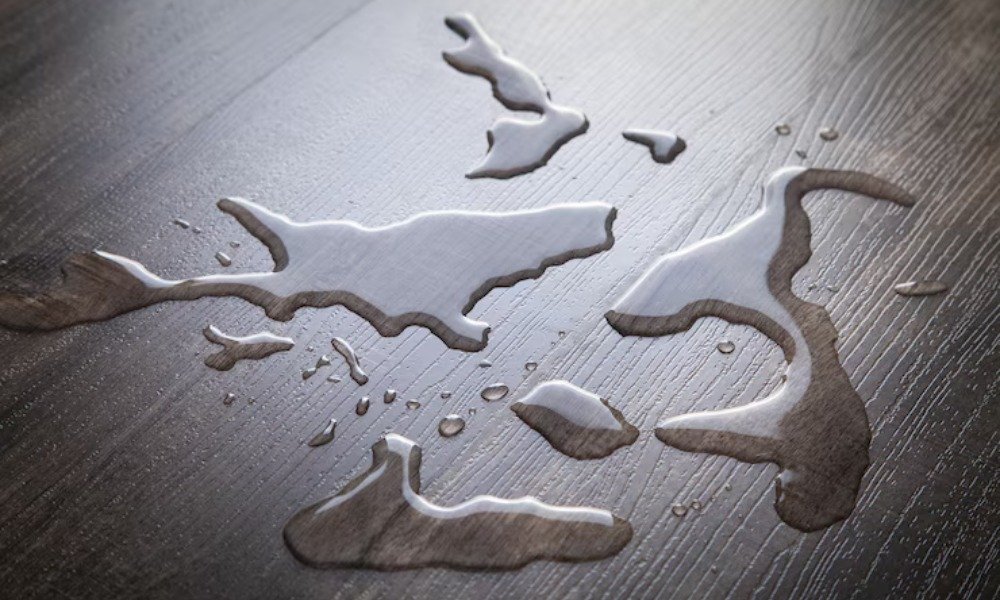
Cracked exteriors, faulty gutters, and leaky roofs can allow rainwater to seep into your home, causing unsightly patches and peeling paint.
3. Poor Ventilation
When indoor air isn’t circulating well, it traps humidity. This leads to condensation on cooler surfaces like walls, which can encourage mold growth.
How Waterproofing Protects Your Home
Waterproofing isn’t just about fixing an existing problem—it’s a way to protect your home for years to come. Here’s how it helps:
1. Prevents Moisture Penetration
Waterproofing materials create a protective layer that stops water from seeping through surfaces. This is especially helpful on external walls exposed to the elements.
2. Preserves Structural Integrity
Prolonged exposure to moisture weakens your property’s foundation. Adding a protective layer ensures the structure remains strong and secure.
3. Improves Indoor Air Quality
By eliminating conditions where mold and mildew thrive, waterproofing helps maintain a healthier environment for you and your family.
Practical Waterproofing Solutions
Here are some methods to keep moisture at bay, tailored to address specific issues:
1. Repair Cracks and Gaps
Small cracks in walls or near windows can let water in. Filling these gaps with a sealant keeps moisture out and protects your interiors.
2. Use Protective Coatings
Applying a waterproof paint or membrane can shield walls from rainwater. For external surfaces, this adds an extra layer of defense.
3. Install a Damp-Proof Course
A damp-proof course prevents water from rising through the structure. This involves inserting a moisture-resistant layer near the base of the walls, a technique commonly used to combat groundwater issues.
4. Enhance Ventilation
Adding extractor fans in kitchens and bathrooms or simply opening windows can significantly reduce condensation. If this is a recurring issue in your home, my guide on spotting signs of moisture in walls and floors can provide valuable insights.
When to Call a Professional
While minor issues can often be tackled on your own, some situations call for expert attention:
- Persistent Problems: If patches keep reappearing despite repairs.
- Structural Repairs: Tasks like replacing a damp-proof course are best left to professionals.
- Severe Mold Growth: Mold can be hazardous, and removing it thoroughly requires specialized skills.
For guidance, see my article on choosing a waterproofing professional.
Preventing Damp Issues in the Future
Prevention is always better than cure. Here’s how you can stop dampness from making a comeback:
- Regular Maintenance: Inspect and clean gutters and drains to avoid water pooling around your home.
- Repair External Damage: Fix cracks or worn-out mortar to prevent water from sneaking into your walls.
- Improve Drainage: Make sure the ground around your home slopes away from the structure to keep water from collecting near the foundation.
- Ensure Proper Ventilation: Keep air circulating indoors, especially in high-humidity areas.
For more affordable tips, explore my guide on budget-friendly waterproofing ideas.
Final Thoughts
Damp walls are more than just a cosmetic issue—they’re a sign that your home needs attention. Waterproofing provides a reliable solution to protect your property from moisture damage and maintain a healthy living environment. Whether you choose to tackle small fixes yourself or hire a professional for larger projects, the key is to act early.If you’re looking for additional advice, my post on the benefits of waterproofing before monsoon is a great resource to start with. Let’s keep your home dry, safe, and beautiful—because no one wants their house to feel like a swamp!
